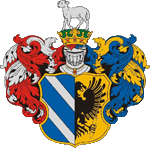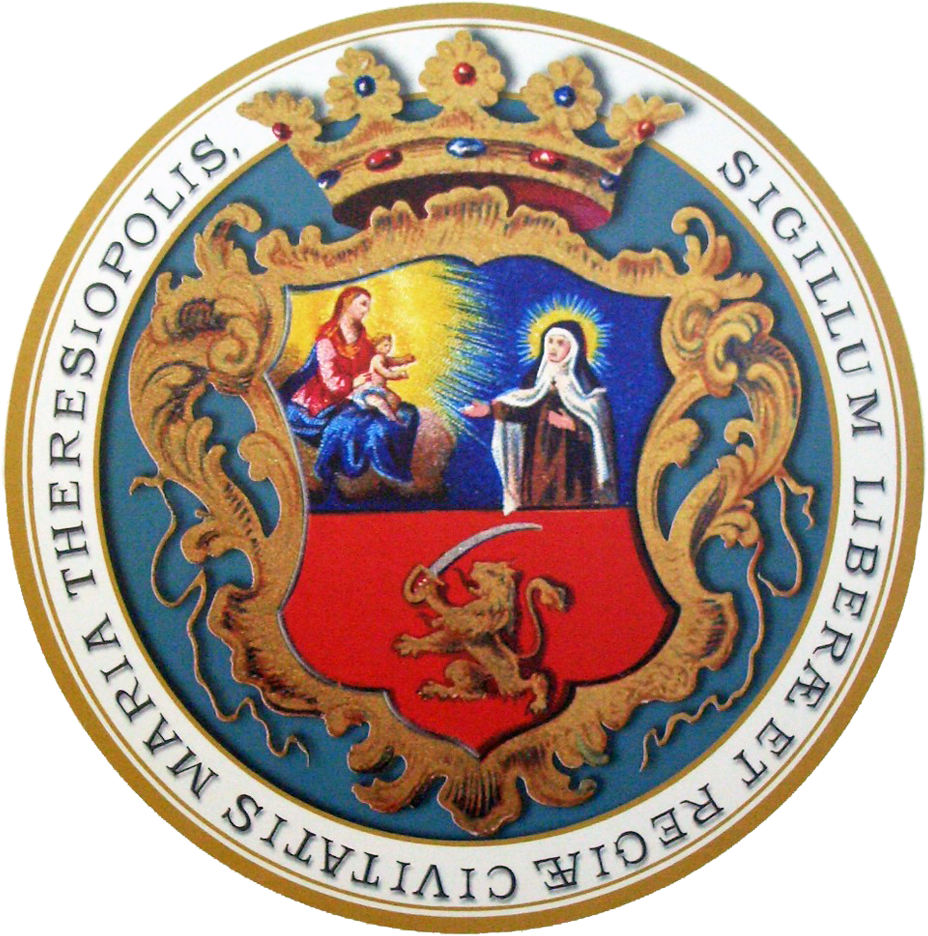| Name of the building | Deutsch Palace |
| Current name | same |
| Town, location | 2 Dózsa Street, Szeged |
| GPS coordinates | N 46° 15′ 15.43″, E 20° 9′ 9.69″ |
| Date of construction | 1900-1901 |
| Stylistical characteristics | Art Nouveau |
|
Architects Builders Contractor |
Mihály Erdélyi (1856-1908), Ödön Lechner(1845-1914) Emil and Lipót Deutsch Mihály Erdélyi |
| Monument classification | Under monument protection. |
|
The original function of the building Changes Its original dwelling house function has remained. For a short period after its construction, the railway discount office was seated in it. In 1941, an emergency shelter was set up, later in 1954, a cultural centre was opened, and until 1980, the Szeged Puppet Theatre operated in the building. The ground floor currently accommodates various offices. |
|
| Description and qualities of the building | |
|
The true character of the Hungarian Art Nouveau created by Ödön Lechner is reflected by the facade of the strikingly different Deutsch Palace in the Stefánia’s row of palaces with incomparably unified eclectic style. This building wonder, which, by radiating new intellectual spirit, gave a vivid response against the historic styles having lost significance by the turn of the century, now, it magically displays every treasure of Lechner’s architectural stylistic elements originating from folk arts in superb harmony. The moderately stylized flower motifs and finely ornamented windows reflecting the forms of shepherd’s carvings decorate the facade in an extraordinarily harmonious arrangement. Formed by waving curves, the attic facade wall is especially marvellous with its gently detailed, light blue pyrogranite adornments. The real spectacle is offered by the white porcelain covered bay windows, constructed in the form of a riveted steel structure. Above them, balconies with wrought iron rails decorated with gracefully shaped ornamental foliage can be seen. Among the artistically executed wrought iron works, the crested staircase railings and the inlaid portal bars are real curiosities. Citing Tibor Bakonyi, the best knower of the Szeged Art Nouveau: “… the facade division can be interpreted as a sonata projected into space so fine and plastic its patterns of rhythm are”. |
|
| References
Csongrád megye építészeti emlékei, Nagy Zoltán, A szecessziós építészet Szegeden, Szeged története 3/1, Szerk., Gaál Endre, Szeged, 1991. Bakonyi Tibor, A századforduló építészete Szegeden, Műemlékvédelem, 1980. 3. sz. Bagyinszki Zoltán – Gerle János, Alföldi szecesszió, /Art Nouveau in the Alföld Debrecen, 2008. |
|
Hungary-Serbia IPA Cross-border Co-operation Programme >> http://www.hu-srb-ipa.com















